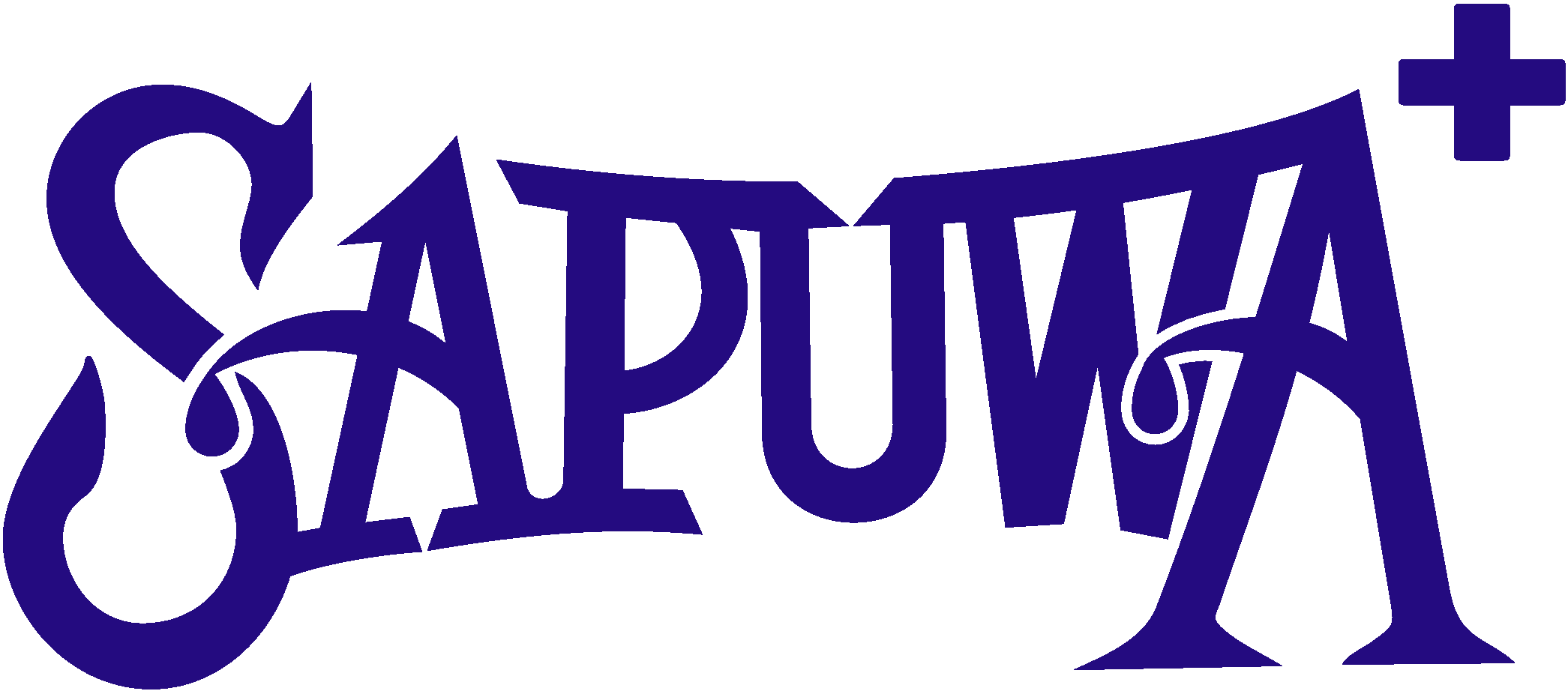What Is ERP?
The acronym ERP stands for enterprise resource planning. It refers to the systems and software packages used by organizations to manage day-to-day business activities, such as accounting, procurement, project management and manufacturing. ERP systems tie together and define a plethora of business processes and enable the flow of data between them. By collecting an organization’s shared transactional data from multiple sources, ERP systems eliminate data duplication and provide data integrity with a “single source of truth.”
Today, ERP systems are critical for managing thousands of businesses of all sizes and in all industries. To these companies, ERP is as indispensable as the electricity that keeps the lights on.
ERP Fundamentals
ERP systems are designed around a common, defined data structure (schema) that usually has a common database. ERP systems provide access to enterprise data from multiple activities using common constructs and definitions and common user experiences.
A key ERP principle is the central collection of data for wide distribution.
Instead of several standalone databases with an endless inventory of disconnected spreadsheets, ERP systems bring order to the chaos so that all users—from the CEO to accounts payable clerks—create, store, and use the same data derived through common processes. With a secure and centralized data repository, everyone in the organization can be confident that data is correct, up to date, and complete. Data integrity is assured for every task performed throughout the organization, from a quarterly financial statement to a single outstanding receivables report, without deploying error-prone spreadsheets.
The Business Value of ERP
It’s impossible to ignore the impact of ERP in today’s business world. As enterprise data and processes are corralled into ERP systems, businesses are able to align separate departments and improve workflow, resulting in significant bottom-line savings. Examples of specific business benefits include:
- Improved business insight—from real-time information generated by reports
- Lower operational costs—yhrough defined and more streamlined business processes
- Enhanced collaboration From users sharing data in contracts, requisitions, and purchase orders
- Improved efficiency—through a common user experience across many business functions and managed business processes
- Consistent infrastructure—from the back office to the front office, all business activities have the same look and feel
- High user-adoption rates—from a common user experience and design
- Reduced risk—through improved data integrity and financial controls
- Lower management and operational costs—through improved data integrity and financial controls
Past: The History of ERP
From Paper Cards to Mobile Devices
The history of ERP goes back more than 100 years. In 1913, engineer Ford Whitman Harris developed what became known as the economic order quantity (EOQ) model, a paper-based manufacturing system for production scheduling. For decades, EOQ was the standard for manufacturing. Toolmaker Black and Decker changed the game in 1964 when it was the first company to adopt a material requirements planning (MRP) solution that combined EOQ concepts with a mainframe computer.
MRP remained the manufacturing standard until manufacturing resource planning (called MRP II) was developed in 1983. MRP II featured modules as a key software architectural component and integrated core manufacturing components including purchasing, bill of materials, scheduling, and contract management. For the first time, different manufacturing tasks were integrated into a common system. MRP II also provided a compelling vision of how organizations could leverage software to share and integrate enterprise data and boost operational efficiency with better production planning, reduced inventory, and less waste (scrap).
As computer technology evolved through the 1970s and 1980s, concepts similar to MRP II were developed to handle business activities beyond manufacturing, incorporating finance, customer relationship management, and human resources data. By 1990, technology analysts had a name for this new category of business management software—enterprise resource planning.
Present: ERP Today
From On Premises to the Cloud
From the 1990s until the beginning of the twenty-first century, ERP adoption grew rapidly, as more organizations relied on ERP to streamline core business processes and improve data visibility. At the same time, the cost of implementing ERP systems began to climb. Not only were on-premises hardware and software expensive capital investments, enterprise ERP systems often required the additional costs of custom coding, consultants, and training.
Meanwhile, ERP technology evolved to embrace the internet, with new features and functionality, such as embedded analytics. As time went on, many organizations discovered that their on-premises ERP systems couldn’t keep up with modern security demands or emerging technologies, such as smartphones.
Enter the cloud—or the software-as-a-service (SaaS) delivery model—for ERP. When ERP software is "in the cloud," it simply means that it is kept on a network of remote servers, instead of at a company’s location. The cloud offers a more affordable alternative for ERP that lowers both operational expenses (OpEx) and capital expenses (CapEx) because it eliminates the need for companies to purchase software and hardware or hire additional IT staff. With no costly infrastructure to support, resources can be invested in growth opportunities. Employees can shift their focus from managing IT to more value-added tasks.
Next-Generation ERP
Built for Any Size Business
While the legacy ERP systems of the past were often too expensive for small to medium businesses (SMBs), the cloud has broken that barrier. With a SaaS solution, smaller companies can leverage the same proven, industrial-strength ERP software that larger enterprises have been using for years. A cloud-based ERP solution can be implemented quickly, with no CapEx investment. For small to medium businesses looking to innovate quickly and seize new business opportunities, cloud ERP offers the flexibility to quickly add new users and support changing business needs.
Get Started with Oracle ERP
Delivering an Extended Enterprise to Fuel Opportunities
When cloud ERP extends its core financial architecture to include integrated customer relationship management(CRM), supply chain management (SCM), human capital management (HCM), and enterprise performance management (EPM), the system seamlessly ties all the applications together with a single data repository and a common user experience. An extended cloud ERP system enables all departments to be managed with improved visibility and collaboration, as if they were a single organization. It also provides seamless access to advanced reporting features, such as data visualization and advanced analytics. With access to emerging technologies, such as the Internet of Things (IoT), organizations gain a comprehensive, real-time understanding of business activities not only in the front office, but also in warehouses and on factory floors. This knowledge is readily available to employees on their mobile devices through social tools.
Built for the digital age, today’s ERP cloud embraces mobile, social, and analytic tools. Anything less won’t move an organization forward.
Make the Best Business Decisions with Oracle ERP Cloud
Organizations have always struggled to balance the system's high costs and complexity against the need for customized features and flexibility, all the while meeting the demands of the business. Watch and learn how Oracle ERP Cloud delivers connected teams, unified data, and real-time insights to help you and your finance team ensure the best business decisions are made. Meet the challenges of today with tomorrow's ERP.
Source: oracle.com
Collect by Van Huong
Relative post
- The Virtue of Admitting Fault
- The Power of Admitting A Mistake
- How to Work From Home Effectively
- 7 simple tips to tackle working from home
- 5 ways to make working from home better
- Top 10 Reasons to Start Your Own Business
- Success Tip: To Be Different, You Have To Think Different
- How To Stop Thinking And Start Doing
- Connected Employees: 10 ways to connect with your team
- 5 Ways To Help Teams Connect Virtually
- 10 Things Leaders Managing Remote Employees Should Do
- Seven ways to build the solidarity economy








 0
0


